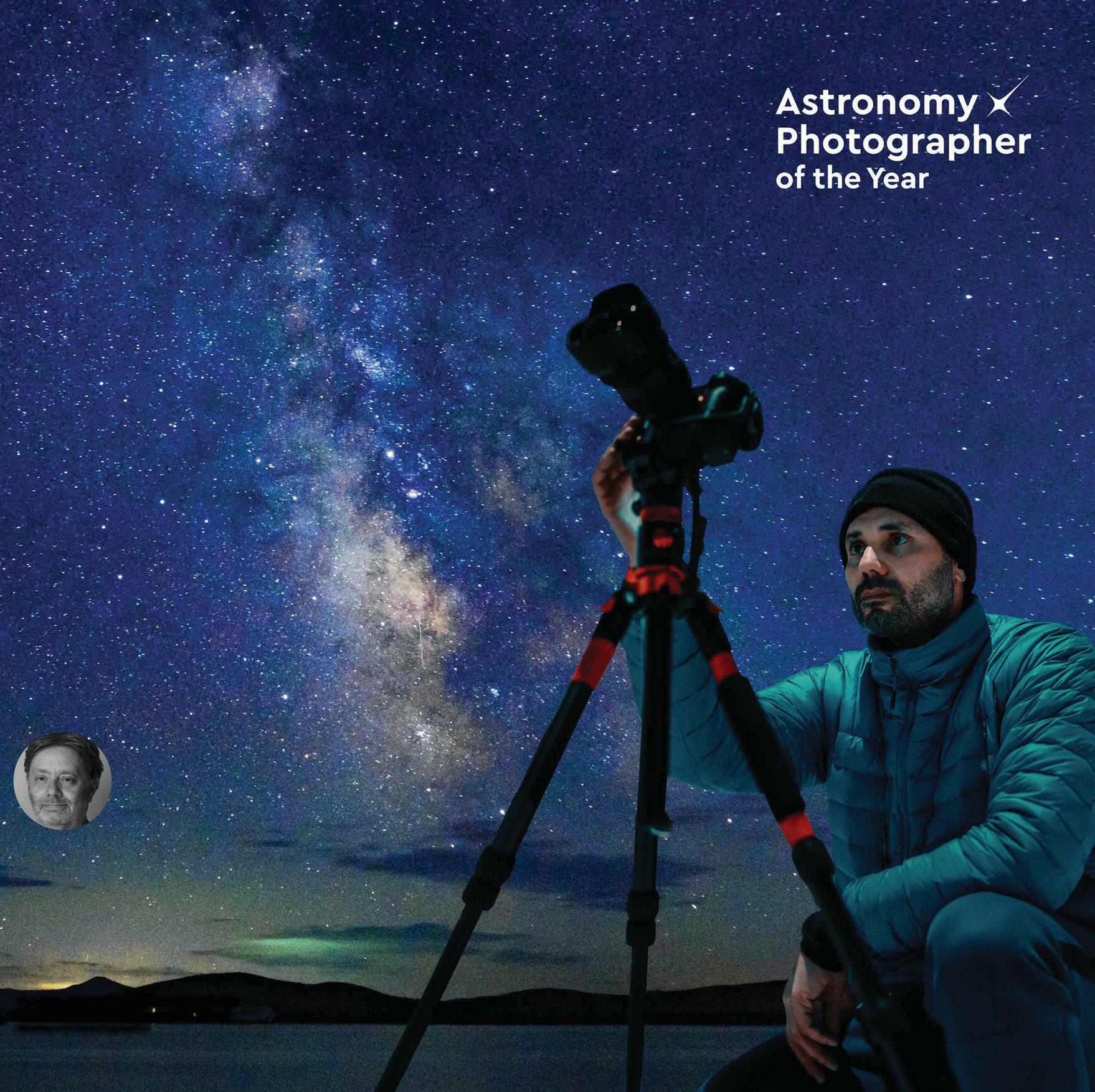
The cameras that are built in our smartphones are incredible pieces of technology. Today, many people use their smartphone cameras to capture images of the night sky using 'Night' or 'Low Light' settings, or even dedicated apps. These are great for photos of bright things, such as lunar haloes, planetary conjunctions, and bright comets, but eventually, anyone wanting to take astrophotos of constellations, nebulae, and other celestial delights will have to consider a better option. They need to bite the bullet and buy what many people still consider 'a proper camera' - a DSLR, or Digital Single Lens Reflex camera.
The only problem is, then they have to use it...
This feature is going to take you by the hand and lead you gently through the minefield of taking and processing your very first astrophotos. After that, you can start experimenting with settings and composition to make your photos even better.
There's no better time to make a start, as the Astronomy Photographer of the Year Awards 2023 has just opened for entries. The awards have a special prize for newcomers who have only recently started taking astrophotos - perhaps one of yours could be the one to take home the prize.
But first, let's get started with your first photo!
Setting up your equipment
Getting the right kit is key to getting a good first photo
What will you need to take your first astrophoto with a DSLR? Obviously, the most essential thing is a DSLR, and we're going to assume you already have one of those! The make is irrelevant, they all do the same job, which is to collect light on a sensor chip that is turned into an image. You'll also need a memory card in your camera. This sounds obvious but trust me, you don't want to be standing in the middle of a field in the dark and see the words No Memory Card In Camera’ appear on your screen because you left it at home
Denne historien er fra February 2023-utgaven av BBC Sky at Night Magazine.
Start din 7-dagers gratis prøveperiode på Magzter GOLD for å få tilgang til tusenvis av utvalgte premiumhistorier og 9000+ magasiner og aviser.
Allerede abonnent ? Logg på
Denne historien er fra February 2023-utgaven av BBC Sky at Night Magazine.
Start din 7-dagers gratis prøveperiode på Magzter GOLD for å få tilgang til tusenvis av utvalgte premiumhistorier og 9000+ magasiner og aviser.
Allerede abonnent? Logg på
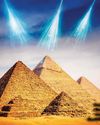
Putting cosmic rays to work
These penetrating interstellar particles have applications from astronomy to archaeology
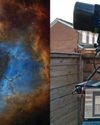
Set up your first imaging sequence
How to automate and coordinate your gear over multiple nights of imaging
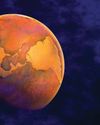
The Universe without gravity
Life with no gravity might sound a fun idea, but as Govert Schilling explains, shutting off this pivotalforce would spell disaster for Earth and beyond
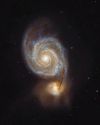
How to blend images taken with different camera setups
Combine data captured at varied focal lengths to create rich, deep images
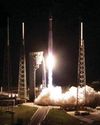
INSIDE THE SKY AT NIGHT
Back in September 2021, The Sky at Night show spoke to Carly Howett about NASA's then upcoming Lucy mission. As the spacecraft now approaches its main targets - the Trojan asteroids - we check in with her to see how the mission is going
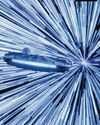
The science of SCI-FI
We love a good sci-fi film, but do they get the science right? Amy Arthur picks six of the big mistakes made in space films
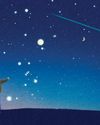
Seeing in a new light
It's National Astronomy Week this month, so take a tip from Mark Westmoquette and let mindful stargazing change your perspective on your life and problems
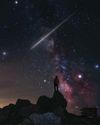
What to do if you find a meteorite
Ever come across an unusual rock and wondered if it's a meteorite? Mark McIntyre explains how to tell if that stone really is a fragment from outer space
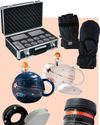
GEAR
Charlotte Daniels rounds up the latest astronomical accessories
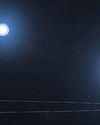
Q&A WITH A STELLAR ECLIPSE SPECIALIST
Many stars are gravitationally locked inside multi-star systems, but a rare new triple-star system has set a new record for how cosy these clusters can get